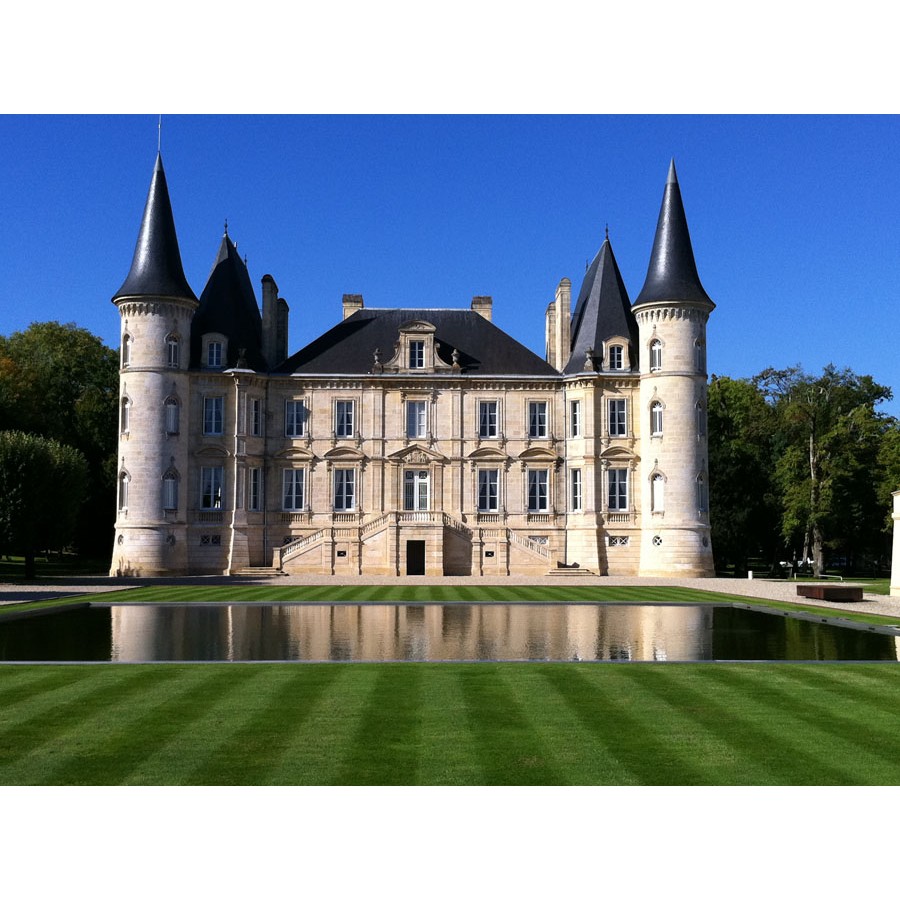

This is much more classic Pauillac in style with some floral notes and blackcurrant aromas, with slightly more Cabernet Sauvignon than Merlot in the blend. In 2012, Château Pichon Baron expanded its horizons further by purchasing another vineyard and developing another second line – Les Griffons. Here, the winemaker also plays with adding not only Cabernet Sauvignon but also Cabernet Franc and Petit Verdot. A dominance of Merlot is certainly a part of that, but there’s also a very smooth mouthfeel and softer fruit-forward profile which makes it quite a different breed to the Pichon Baron wines. The more compact clay soils there offer an altogether different wine, and Les Tourelle de Longueville, if tasted blind might be much more readily associated with a Right Bank wine. The top terroir of Pichon is however limited, and so it was with the intention of creating a second label that the estate purchased its second vineyard in 1986. The cooler year of 2011 showed more savoury qualities but equally unwound, after some decanting, into an elegant expression with trademark notes of blackcurrant and pencil shavings (which were present in all of the vintages I tasted). The warmer years of 20 certainly had a greater approachability and silkier tannins, but didn’t lack that trademark minerality and freshness of the Cabernet Sauvignon from their vineyard. The 2010 is only now opening up and will undoubtedly cellar beautifully for many decades to come. Of recent vintages, the ‘blockbuster’ years of 20 certainly showed the greatest potential for ageing and an exciting combination of both power and elegance with firm but fine tannins, a freshness and deep black fruit expression with savoury overtones. On tasting a vertical of the Château Longueville au Baron de Pichon-Longueville wines, it’s certainly clear that there is a certain ilk to the wines and terroir of Pichon Baron. Part of the key to the quality is not only the soils but also its position not far from the Gironde, which brings fresh breezes (aiding in vine health), gives a more consistent temperature with less thermal amplitude - which can be beneficial for Cabernet Sauvignon in more extreme years.

The gravels help trap heat overnight and retain the cooler temperatures of the night during the day, while draining away any excess rainfall and humidity. It’s this terroir – the vineyard surrounding the château – that has helped bring the reputation of Pichon Baron up to now being recognised as one of the key Pauillac estates, with consistent quality despite variable vintages. Coming from one of the great second growths of the 1855 Grand Cru Classé in Bordeaux, the château is situated on prime Pauillac territory – just on the border of Saint Estèphe, and boasts deep gravel soils that are ideal for producing concentrated yet fresh Cabernet Sauvignon.

One of the great success stories of AXA Millésimes, Pichon Baron needs very little introduction to wine lovers. I had the opportunity to go back to AXA Millésimes’ roots by getting a taste of both founding properties and discovering what makes them each uniquely part of the family. AXA Millésimes has gone on to bring six more properties into its fold since then – ranging from the sweet wines of Disznókő in Tokaj and Château Suduiraut in Sauternes to the bolder red wines of Quinta do Noval in the Douro and Outpost in Napa Valley. One can very much be seen as a yin to the other’s yang and represent how diverse the portfolio of this growing wine magnate, now named AXA Millésimes, has been since the beginning. When the insurance broker AXA made its first foray into the world of wine portfolios, it picked two estates to get the ball rolling in 1987 – Château Pichon Baron in Bordeaux and Domaine De L’Arlot in Burgundy. Amanda Barnes examines AXA Millésimes’ two very different but complementary estates, Château Pichon Baron and Domaine De L’Arlot, which became the first two members of its now six-strong portfolio.


 0 kommentar(er)
0 kommentar(er)
